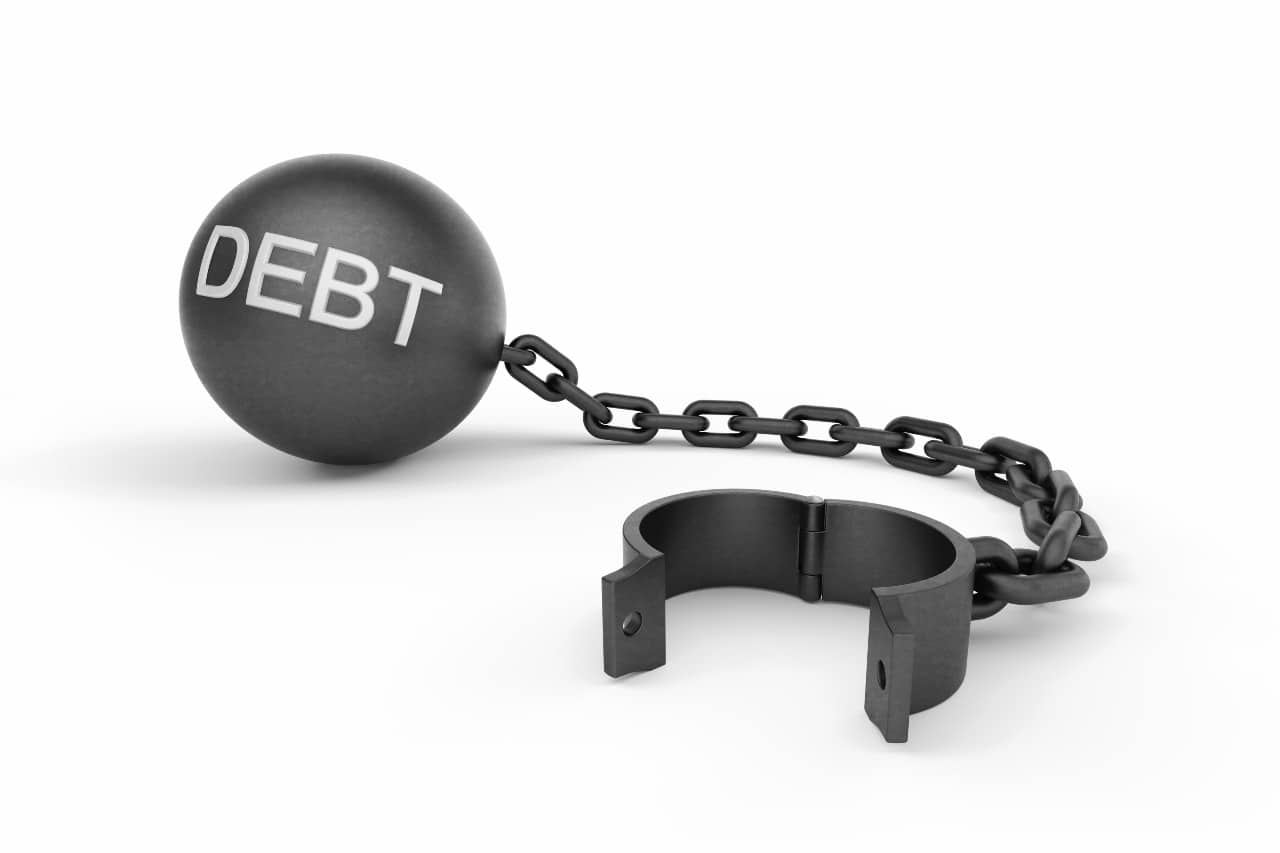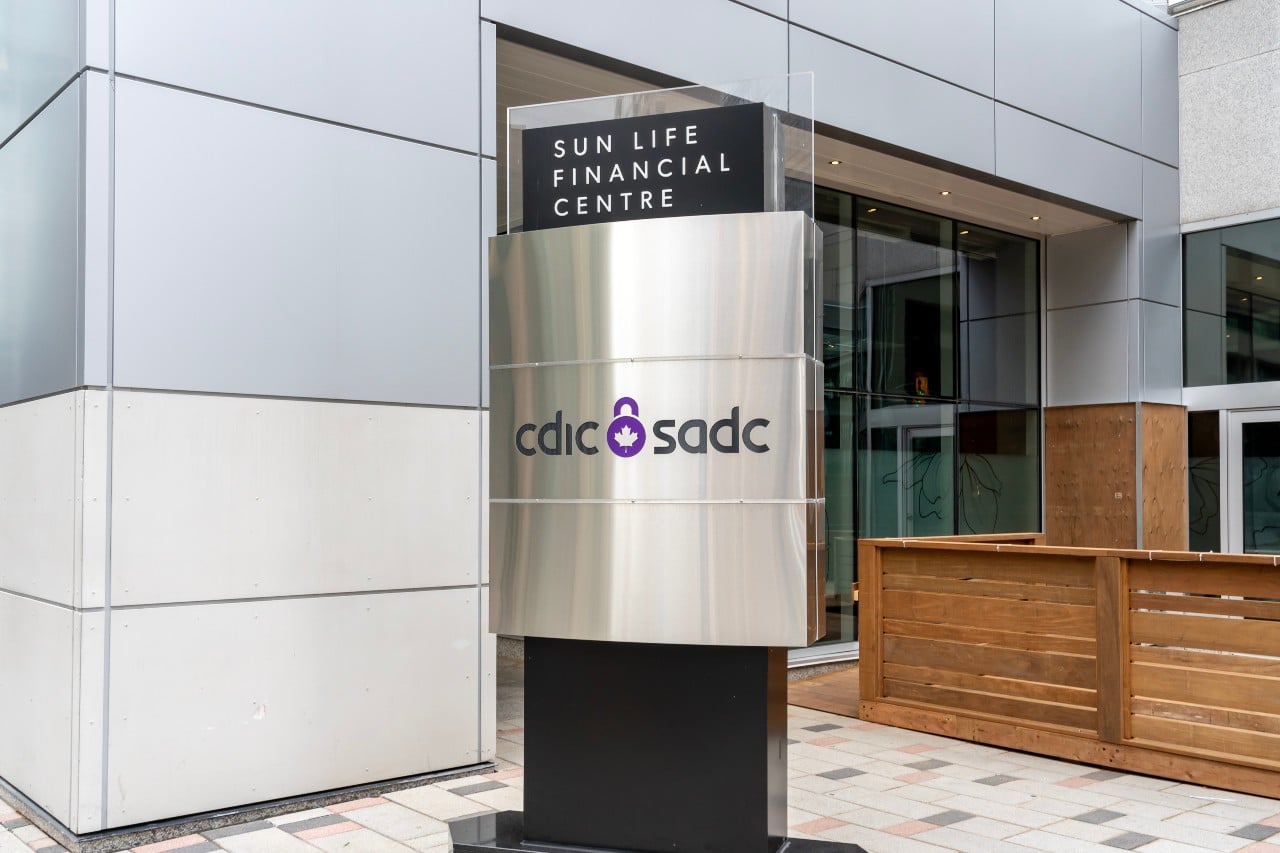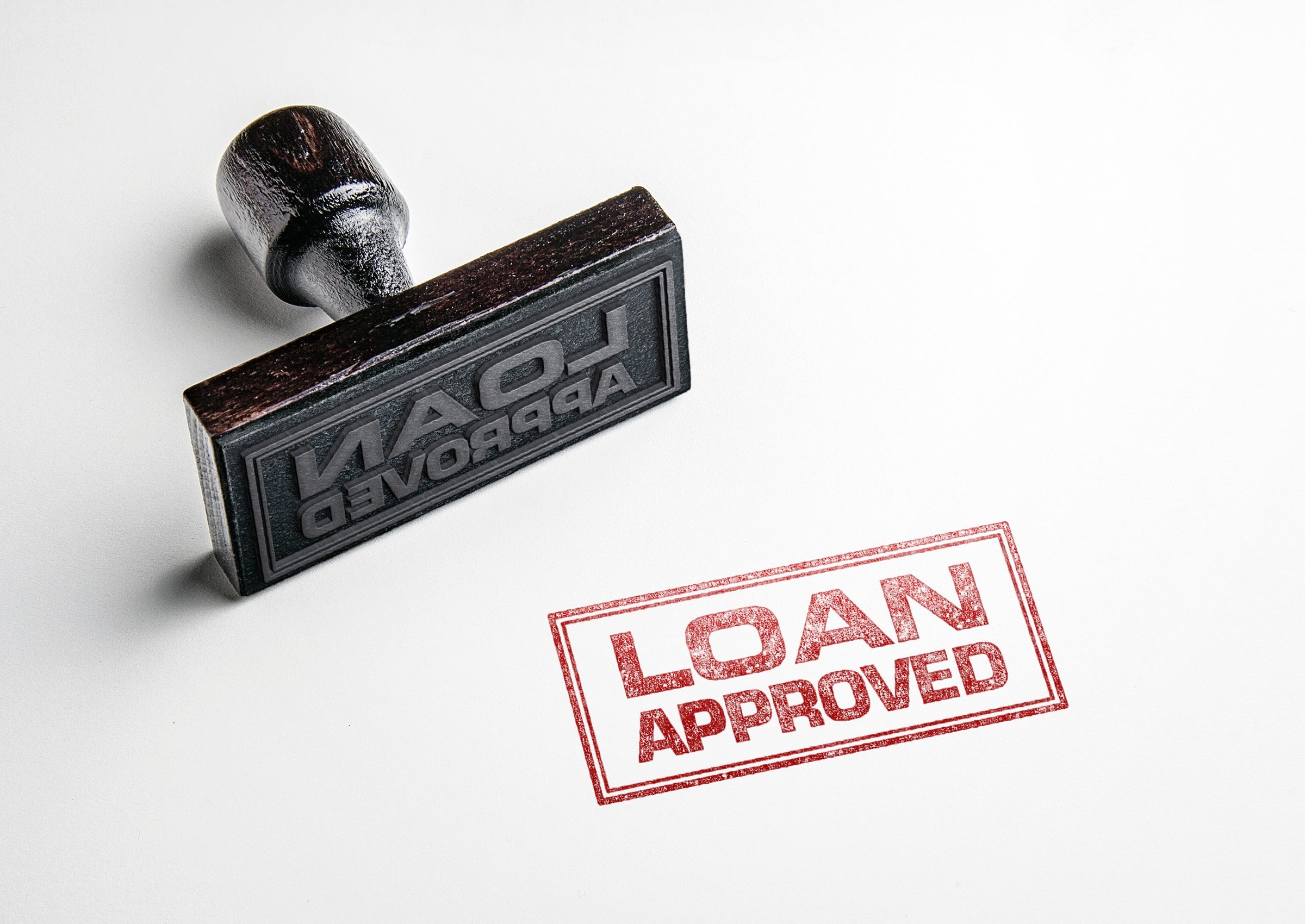Financial institutions in Ontario are banding together to do the right thing! They are coming to the aid of some of the most vulnerable and victimized, the trafficked.
What is human trafficking?
The Government of Canada describes human trafficking as “the recruitment, transportation, harbouring and/or exercising control, direction or influence over the movements of a person in order to exploit that person”.
In other words, the aggressor controls the victim’s every move. To isolate the victim, they are usually moved to a new city or even country. Afterward, they are forced to work for the aggressor.
Stats
The horrific nature of human trafficking makes people tempted to put their heads in the sand and ignore the fact that it happens. People might think things like, “It doesn’t happen here” or “It’s so rare”. Let’s open our eyes by gaining perspective through a few facts about human trafficking in Canada.
(Unless otherwise noted, all points are based on stats from between 2013 and 2023.)
- The vast majority, 93%, are women and girls.
- Almost half, 42%, are between the ages of 19 and 24.
- 91% of the victims knew their trafficker. Of these, 22% were at least acquaintances, and 34% were intimate partners.
- 570 human trafficking reports were made to the police in 2023 alone. Experts say that there are probably many more that go unreported due to the secretive nature of the crime.
- Between 2019 and 2022, 67% of the reported cases were in Ontario, and 87% were in large urban cities.
- Ontario and Nova Scotia have the highest per capita cases of human trafficking in Canada.
- 69% of the victims between 2019 and 2022 were forced into sex work.
Finances and human trafficking
Money is a key part of human trafficking in a few different ways.
Firstly, the money given in exchange for the victim’s work often becomes the trafficker’s income.
Secondly, the trafficker takes access to money away from the victim. Without funds, victims are highly reliant on traffickers to survive, and it’s practically impossible to get away safely.
Lastly, it’s not uncommon for traffickers to coerce victims into giving them all the money from their bank account and taking on debt in their name. The traffickers then use these funds to buy burner phones, hotel rooms, and other things needed to keep operating. Victim Services Toronto reports that, on average, victims end up $20,000 in debt.
What makes matters even worse is that all this debt remains under the name of the victim. Their credit scores take a major hit. So, those that manage to escape end up going from one bad situation to another. They struggle to get food or a safe place to live without money or reliable access to credit. At times, they’re recaptured before they’re able to find safety. Other times, to survive, they end up putting themselves back into peril by returning to the trafficker.
How financial institutions are helping
It’s these terrible circumstances that human trafficking creates around money where financial institutions are stepping in to help.
Leading Canadian financial institutions, along with Victim Services Toronto, a non-profit organization that advocates for and supports victims of human trafficking, came together to create two critical support pieces for trafficking survivors in Ontario.
Reclaim
Reclaim supports human trafficking survivors by helping them repair their credit. They work with the survivors, credit bureaus, and other financial institutions to clear their credit report of the damaging information caused by the actions of the traffickers. It’s a revolutionary program that has already helped remove $1 million in fraudulent debt.
Bill 41
Bill 41 ascended unanimously in the Ontario Legislature in October of 2023. This bill enlists the support of financial institutions to forgive survivors of any debts incurred under their name by their assailant. It not only prohibits collecting on the debt, but it goes so far as to prohibit lenders from including it in their considerations of whether to extend credit to the survivor or not.
With these two key pieces in place, human trafficking survivors in Ontario get a chance to regain their financial footing. They’ll be able to rent an apartment, get a credit card, and look for a job without having to worry about their credit history or debt being an issue. In other words, start to reclaim their lives. Let’s hope all other provinces and territories follow suit.
How to spot human trafficking
Some common signs of someone trafficking are:
- The individual is never left alone, always escorted from place to place.
- Others consistently speak for them, or they use scripted answers.
- They don’t have personal documentation such as a passport or driver’s license.
- Often, traffickers brand their victims with tattoos.
- They are isolated from friends and family, not even being allowed to talk to them.
It helps to know that these situations are hard to spot because, often, even the victims aren’t aware of what’s happening to them. Sometimes, it’s because of language barriers. Other times, it’s because the victim is very close to the perpetrator and doesn’t believe the person would do them harm.
What to do if you need help
If you are or if you suspect someone else is the victim of human trafficking, call the Canadian Human Trafficking Hotline at 1-833-900-1010.
Below are a few other resources to help:
- Canadian Centre to End Human Trafficking
- Royal Canadian Mounted Police
- Victim Services Toronto
- Candian Resource Centre for Victims of Crime
- Public Safety Canada
- Victim Services Canada
Ideally, there would be no need for these services. Let’s keep striving for that reality. Until that time comes, it’s good to know that these organizations, laws, programs, agencies, and financial institutions are coming together for the greater good.









